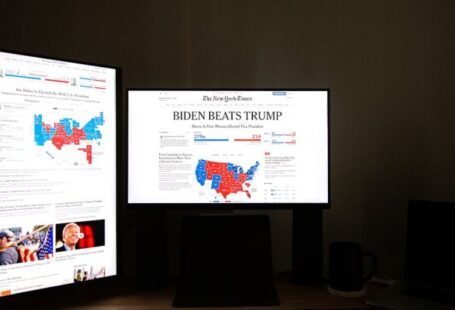Embarking on the journey of sketching maps in the field is an exciting and rewarding endeavor. Whether you are a seasoned cartographer or a novice explorer, having the right materials at your disposal is crucial for accurately capturing the landscapes and terrains you encounter. In this article, we will explore the essential materials you need to begin sketching maps in the field, helping you bring your adventures to life on paper.
Choosing the Right Sketchbook
The first step in sketching maps in the field is selecting a suitable sketchbook. Opt for a durable, compact sketchbook that can withstand the rigors of outdoor environments. Look for a sketchbook with thick, sturdy pages that can handle various drawing mediums, such as pencil, pen, or watercolor. A sketchbook with a hardcover or a spiral-bound design is ideal for sketching on the go, providing a stable surface for your creations.
Quality Drawing Pens and Pencils
Investing in high-quality drawing pens and pencils is essential for creating detailed and accurate map sketches. Choose a set of fine-tip pens in varying thicknesses to outline features and add intricate details to your maps. Additionally, having a mechanical pencil with a range of lead hardness options allows you to sketch with precision and make adjustments as needed. Consider including a portable pencil sharpener and eraser in your kit to ensure your lines are clean and mistakes can be easily corrected.
Versatile Watercolor Set
Adding a touch of color to your map sketches can bring them to life and enhance the visual appeal of your creations. A compact watercolor set with a variety of colors allows you to add depth and dimension to your maps, capturing the nuances of the landscapes you explore. Look for a portable watercolor set that includes a water brush or a small container for water, making it easy to add color to your sketches on the go.
Ruler and Protractor
To ensure accuracy in your map sketches, having a ruler and protractor on hand is essential. A sturdy ruler helps you create straight lines and measure distances accurately, while a protractor allows you to plot angles and directional indicators on your maps. Opt for a transparent ruler with metric and imperial measurements for versatility in your sketches, and choose a protractor with clear markings for precise plotting of angles and bearings.
Compass for Orientation
When sketching maps in the field, maintaining a sense of direction is key to accurately representing the landscape. A compass is a valuable tool for orienting your maps and ensuring that your sketches reflect the true north orientation of the terrain. Choose a reliable compass with a clear baseplate and markings for easy navigation, allowing you to incorporate compass bearings and directional indicators into your map sketches with confidence.
Protective Case or Bag
To keep your sketching materials organized and protected while in the field, consider investing in a durable case or bag to store your supplies. A compact case with compartments for pens, pencils, and other drawing tools helps you stay organized and prevents your materials from getting damaged or lost during your adventures. Look for a waterproof or water-resistant case to shield your sketching materials from the elements and ensure they remain in top condition.
In conclusion,
Sketching maps in the field is a creative and fulfilling way to document your travels and explore the world around you. By equipping yourself with the essential materials outlined in this article, you can embark on your map sketching journey with confidence and capture the beauty and intricacies of the landscapes you encounter. So pack your sketchbook, pens, and compass, and set out to sketch the world around you with skill and passion.





